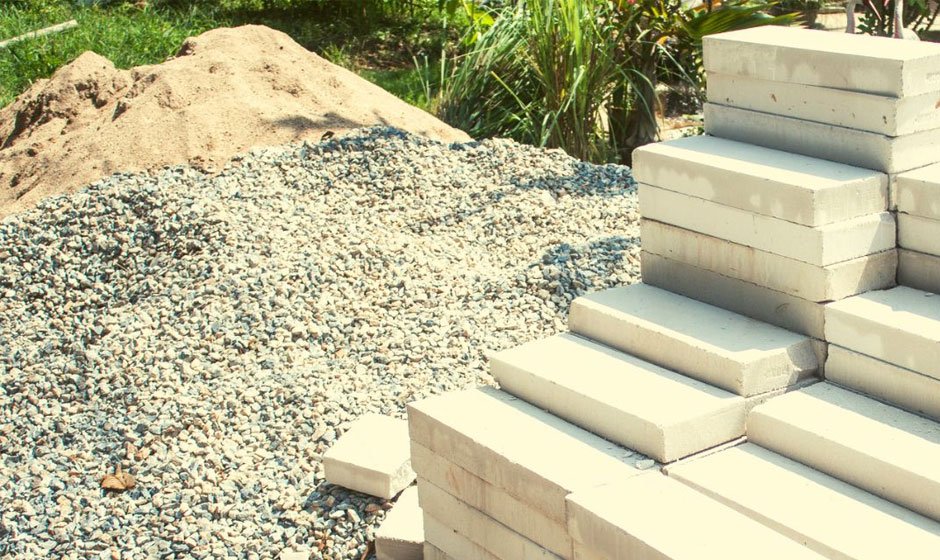Commonly Used Materials in the Construction Industry

The construction industry makes use of hundreds, and arguably thousands, of different products and materials. These materials can, however, be broken into a few broad categories. Let’s take a look at a few of the options. We’ll see what purposes they each serve, what their potential drawbacks are, and how their use in buildings in the UK might change in the coming years.
Introduction to Construction Materials
The right materials will make the difference between a structure that’s sturdy and long-lasting, and one that’s doomed to fall into premature disrepair. By choosing the right materials at the outset, you’ll save on costs in the long term. After all, it’s expensive to have to build the same structure twice.
When considering which materials to use, we’ll need to think about their cost, their environmental impact, their suitability for a particular application, and the ease with which they can be handled and manipulated.
Concrete and Cement
Cement is a substance that binds (or cements) things together. Concrete is a product that comprises an aggregate (a substance made from lots of little pieces, like fine gravel or sand) and concrete.
Once concrete dries, it is hard and durable. As such, it can be poured into a mould (or into any hole). In order to prevent concrete from cracking under its own weight, it’s often reinforced with steel rebars.
Concrete is extremely cost-effective and strong, making it a popular choice in public buildings. However, there are costs associated with purpose-built concrete structures that make it impractical in smaller one-off projects. It also tends to be ugly, especially after a few years.
Steel and Metal Alloys
Steel is incredibly tough. It’s moulded into girders, and can be lifted and slotted into place. It’s also easy to cut to length. It’s often used in very tall buildings, like skyscrapers, where it can obtain the same strength as concrete while using less volume, which leaves room for glass. The same can be said of other metals, like iron and brass. In some cases, metal serves a decorative purpose, as well as a structural one.
Metals can, however, be vulnerable to corrosion, and is extremely carbon-intensive to produce.
Bricks and Masonry
When most people think of construction, they think of brickwork. A brick is a single kiln-fired clay cuboid. They’ve been used in construction for hundreds of years, and offer an incredibly flexible and versatile solution.
Brick construction offers an aesthetic advantage, especially if the bricklayer is skilled. A well-laid brick wall will look great, especially if the bricks are nicely matched with the surrounding structure.
Timber and Wood-Based Materials
Most houses in the UK make use of some variety of timber. You might find it used in the joists, which hold everything else up. You can think of these beams as the skeleton of the building. Then there are the lengths which make stud walls. Attach a few plasterboard sheets and you have a wall.
Then there’s plywood. Plywood is a material which comprises layers of very thin sheets of wood, running perpendicular to one another. It’s resistant to warping, can easily be cut to size, and it’s incredibly versatile. As such, it’s a favourite for a range of applications.
When buying timber, you’ll want to ensure that it’s been ethically sourced. Check for FSC certification.



